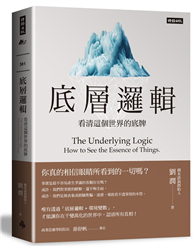In the grand tapestry of mathematics, topology stands out for its unique approach to geometric shapes. It doesn’t care about size or angles, but rather how spaces can be continuously deformed into one another, like stretching a clay model without tearing or gluing separate pieces. This seemingly abstract concept holds immense power, unlocking hidden properties of shapes and revealing a universe beyond our everyday perception of space. One of the central ideas in topology is the notion of a homotopy group. Imagine a loop drawn on a surface, like a circle on a sphere or a square on a plane. Homotopy groups classify these loops based on how they can be continuously deformed into one another without breaking the loop or letting it touch the edge of the surface. Intuitively, a loop that can be shrunk to a point without leaving the surface represents a "trivial" element in the group. More intricate loops that cannot be shrunk but can be continuously deformed into each other belong to the same class within the group.
| FindBook |
有 1 項符合
The Challenge of Computing Homotopy Groups: Why Spheres Remain a Mystery的圖書 |
 |
The Challenge of Computing Homotopy Groups: Why Spheres Remain a Mystery 作者:Sheena 出版社:Tredition Gmbh 出版日期:2024-07-02 語言:英文 規格:平裝 / 108頁 / 22.86 x 15.24 x 0.66 cm / 普通級/ 初版 |
| 圖書館借閱 |
| 國家圖書館 | 全國圖書書目資訊網 | 國立公共資訊圖書館 | 電子書服務平台 | MetaCat 跨館整合查詢 |
| 臺北市立圖書館 | 新北市立圖書館 | 基隆市公共圖書館 | 桃園市立圖書館 | 新竹縣公共圖書館 |
| 苗栗縣立圖書館 | 臺中市立圖書館 | 彰化縣公共圖書館 | 南投縣文化局 | 雲林縣公共圖書館 |
| 嘉義縣圖書館 | 臺南市立圖書館 | 高雄市立圖書館 | 屏東縣公共圖書館 | 宜蘭縣公共圖書館 |
| 花蓮縣文化局 | 臺東縣文化處 |
|
|
圖書介紹 - 資料來源:博客來 評分:
圖書名稱:The Challenge of Computing Homotopy Groups: Why Spheres Remain a Mystery
|










